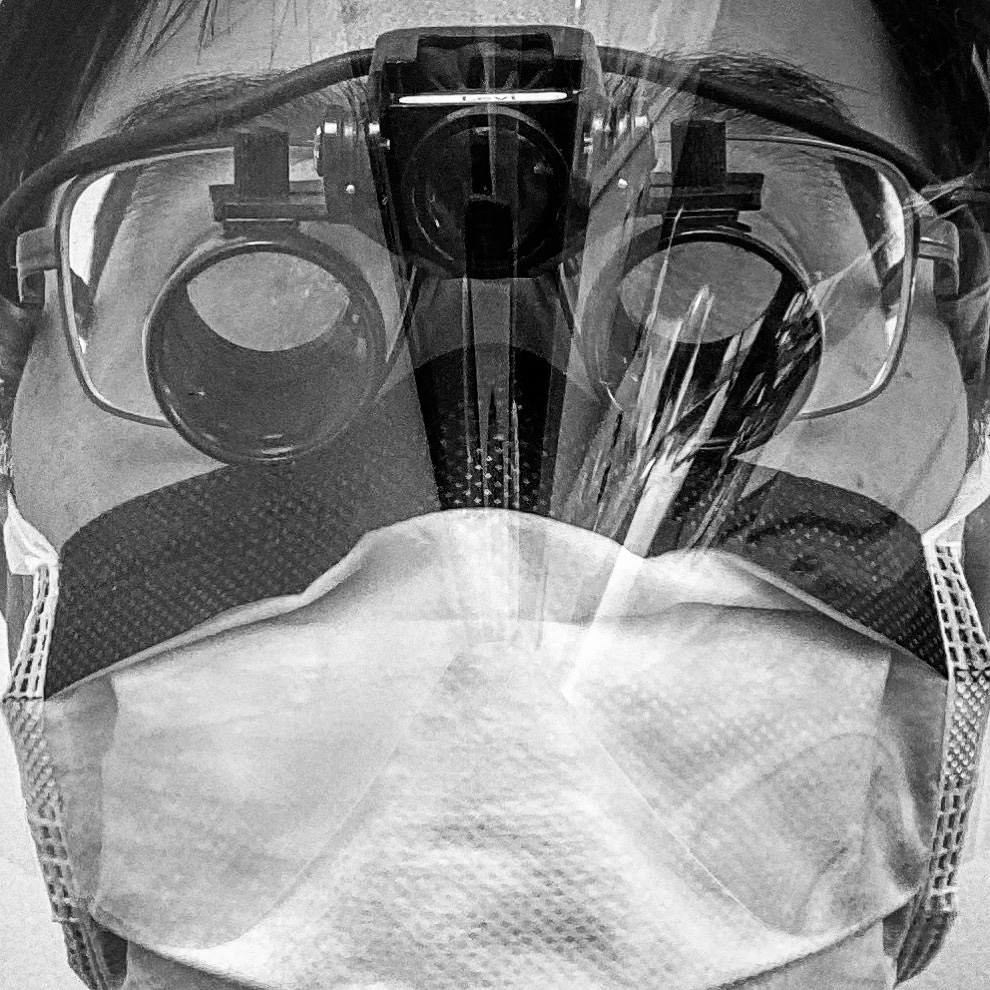 Some data out there would suggest that 10-15% of people who are infected by the coronavirus are health care workers (HCW). Let’s do a numbers game here. One nurse treats up to 4 patients. They’re the absolute front line. They spend hours caring for patients in close proximity. One allied health clinician or one doctor may be responsible for a handful of patients, somewhere in the order of 10-15 on the ward or up to 30 in a day in clinics. Knock one nurse out or one physiotherapist out or one anaesthetist or surgeon out and see the domino effect on health care service provision? One less nurse or doctor or clinician means a handful of patients are not getting the treatment they deserve. In addition, the remaining staff needs to take up the slack, putting the patients and staff at risk. I can see how difficult this is already in the emergency department where staff members have to be quarantined. One General Practitioner quarantined for 2 weeks would mean loss of service to hundreds of patients.
Some data out there would suggest that 10-15% of people who are infected by the coronavirus are health care workers (HCW). Let’s do a numbers game here. One nurse treats up to 4 patients. They’re the absolute front line. They spend hours caring for patients in close proximity. One allied health clinician or one doctor may be responsible for a handful of patients, somewhere in the order of 10-15 on the ward or up to 30 in a day in clinics. Knock one nurse out or one physiotherapist out or one anaesthetist or surgeon out and see the domino effect on health care service provision? One less nurse or doctor or clinician means a handful of patients are not getting the treatment they deserve. In addition, the remaining staff needs to take up the slack, putting the patients and staff at risk. I can see how difficult this is already in the emergency department where staff members have to be quarantined. One General Practitioner quarantined for 2 weeks would mean loss of service to hundreds of patients.
Now think about the ventilator capacity. Increasing ICU capacity is increasing care for the sickest of the sick. A ventilator is a machine that keeps breathing for the patient while the patient is intubated in an induced coma. These are reserved for the really sick patient. And so far, the mortality rate for intubated patients is in the order of 60% or more based on several papers.
Can you now see where the upstream and downstream challenge is? If we had all the money and time in the world to prepare for this pandemic we would increase all supplies of Personal Protective Equipment (PPEs) and increase ICU capacity all at the same time. But we don’t have time and we don’t have resources.
Which challenge should we prioritise?
The high complex end of delivering ventilators or the mass protection of all health staff with masks, gowns, gloves and face shields? I wonder if specific technical industries can be mobilised to produce ventilators while general industries can be mobilised to mass produce masks, gowns, gloves and face shields? Protecting health care worker means protecting the health service means providing timely efficient care means protecting the community. It’s all connected. It’s not just about the HCW. Ultimately it’s about keeping the patients safe.
I know that it’s a complex world. I know that this is all very challenging for every institution around the world. I know that it seems an oversimplification of the problem. I know that many people are already working on the solutions. I know that I’m asking a question so obvious that many would already have the answer. But help me. In this simple oversimplification of the problem comes ethical, clinical, leadership and resource challenges. There’s probably no simple answer. It’s a question that will be answered differently by different people in different countries. The reality is what limits our answers.
The most important asset in healthcare is its people. Do not lose the people keeping the care going.
How would you prioritise the solutions? I’m just a simple surgeon I need some suggestions.

